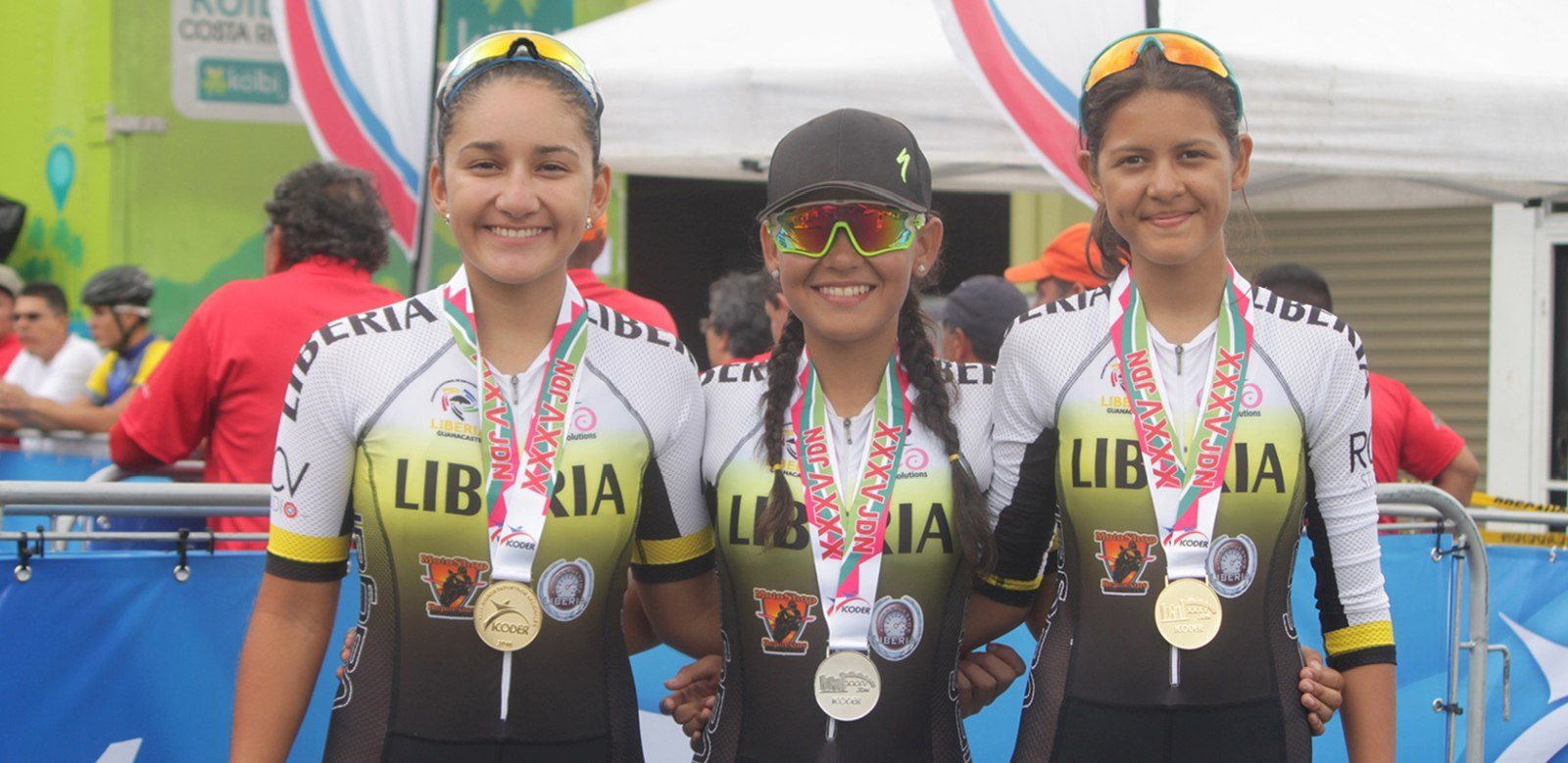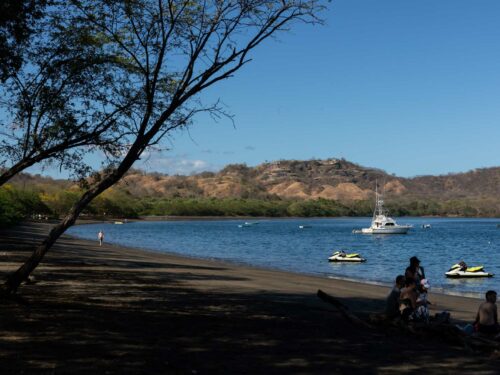
Guanacaste increased the number of medals won by athletes in the National Games by 163% between 2010 and 2016.
During each of those years, the awards kept multiplying and increasing by an average of 23% annually. This was deduced from an analysis done by The Voice of Guanacaste of information from the Costa Rican Institute of Sports and Recreation (ICODER- Instituto Costarricense de Deportes y Recreación).
In 2010, the province received a total of 71 medals and in 2016, the amount rose to 187. In addition, only three of the 11 cantons left empty handed this year, one less than in the first year analyzed.

Tilaran takes the prize for the largest increase since the canton only earned one medal six years ago, while this year they celebrated victory 15 times.
However, the trophy for the most medals goes to Santa Cruz, which has accumulated a total of 243 over the years, of which 67 are gold.
Liberia and Nicoya tied for second place in the total number of awards, since both have accumulate 173 since 2010.
The only canton in Guanacaste that won less medals was Hojancha. In 2010, they won 10 times, but this year they ended up not getting any recognition. Carrillo didn’t receive any medals either, but that has been the trend repeated for the last six years.
Why Are More Medals Being Won?
The reasons for the increase in medals in the province is due to better planning and training of the athletes, a budget increase received by cantonal sports committees and improvements in the sports facilities where the athletes train, explained the technical coordinator of the National Athletic Games, Minor Monge Montero.
“Now the committees plan what sport they should participate in and which athletes should attend. To me, it seems that Guanacaste has improved in that.”
Cantons are not only measured by their medals, but also for their performance in other areas.
For example, Monge highlighted the work done by the Liberia Sports Committee, which, in a little less than ten years, went from occupying the 77th position in the Index of Cantonal Sports and Recreation Committees Management (CCDR- Comités Cantonales de Deportes y Recreación) to seventh in the ranking. In 2015, it was first in the province.
“In Liberia, something very unusual happens because about 9% of the municipal budget goes to the committee. That helps a lot with planning processes,” Monge said.
Angie Bogantes Ruiz, a cyclist from Liberia who has won five medals in previous National Games, supports that position.
“I think since about four years ago, the committee has started to support sports in Liberia. They help us a lot with food, transportation and lodging costs,” she affirmed.
Despite these successes, Minor Monge believes that the province can not be satisfied.
Rather, they should think about a route of planning in the sports that are the strong point in each canton.







Comments